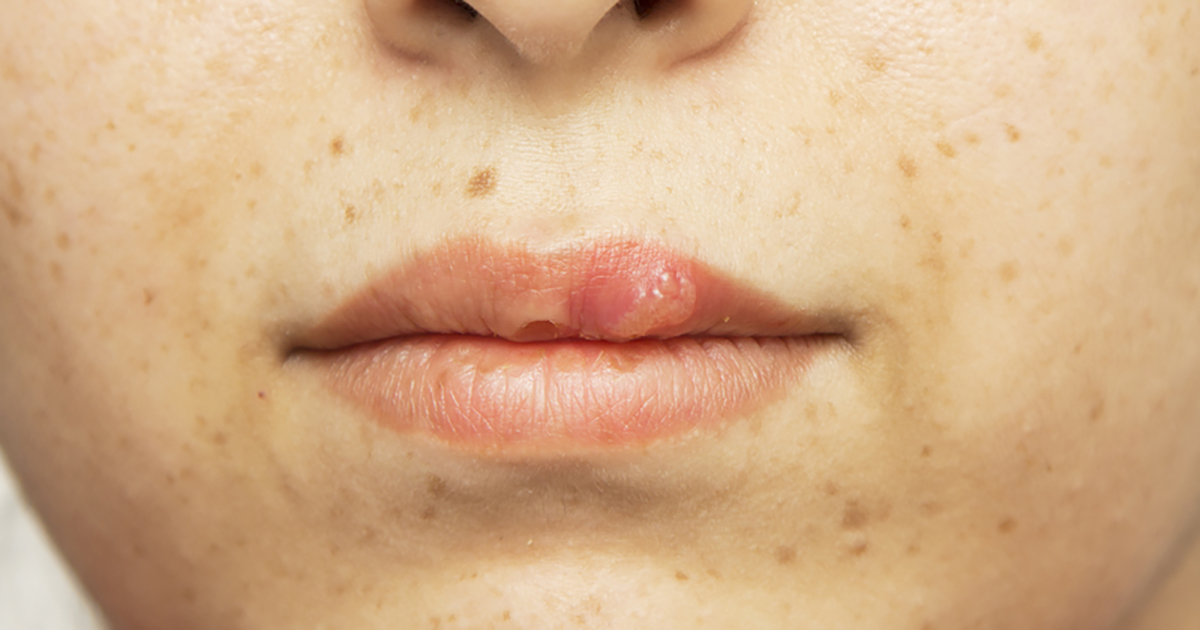The Difference Between Cold Sores & Canker Sores
Cold sores and canker sores are easily confused. Both occur near the mouth, can be quite painful, and share some of the same triggers, such as trauma and stress. However, these two sores have some significant differences regarding specific location, cause, treatment, and even whether or not they can be spread to others. Understanding the differences between the two can help patients choose the best treatment option to feel and look better as soon as possible.
Cold sores are viral infections that cause a weeping, painful blister on the outside of the mouth. A canker sore, on the other hand, is a small and painful lesion on the soft tissue of the mouth or at the base of the gums. Also known as mouth ulcers, canker sores are not contagious like cold sores. Here's how to spot the difference.
Causes Can Vary

Cold sores and canker sores can share many of the same triggers, including stress and facial trauma. However, the causes can vary for canker sores and aren't well understood whereas cold sores have a single cause: the herpes simplex virus (HSV). This highly contagious infection is lifelong, but it can remain dormant for years before a fever blister or cold sore develops. Most adults and at least half of children are infected with HSV, but many never develop a cold sore.
Canker sores are twice as common in women than men, and usually first occur between ten and twenty years old. No one knows exactly why canker sores happen. They may be caused by some type of virus, similar to cold sores, or they can be caused by an autoimmune condition or allergic reaction. There are many potential triggers of canker sores, including a diet low in folic acid, iron, or vitamin B12, as well as smoking, stress, and irritation or injury to the soft tissue of the mouth.
Continue reading to learn about how to use location to differentiate between the two.
Different Location

Canker sores rarely appear outside of the mouth and usually show up at the base of the gumline, under the tongue, on the inside of the lip or cheek, or on the soft tissue palate. Canker sores do not appear on the hard palate or the gum gingival gum tissue.
Cold sores usually appear in a different location not too far away from the mouth. Most cold sores show up on or near the lips, but they can sometimes appear on or inside the nose or on the face. It's also possible for a cold sore to show up inside the mouth, although this isn't common.
Keep going to learn about which one is contagious next.
